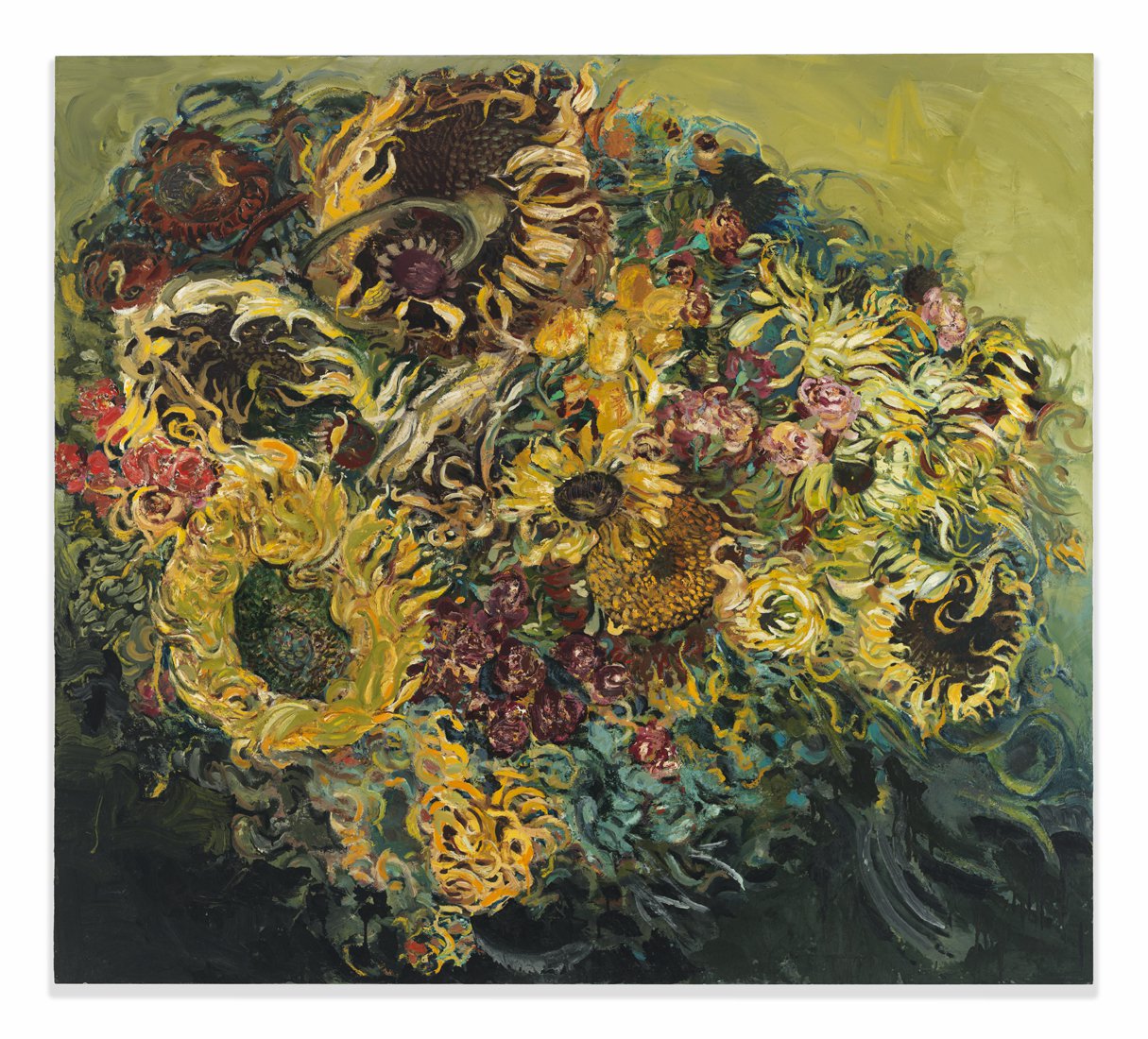Jimmy Wright
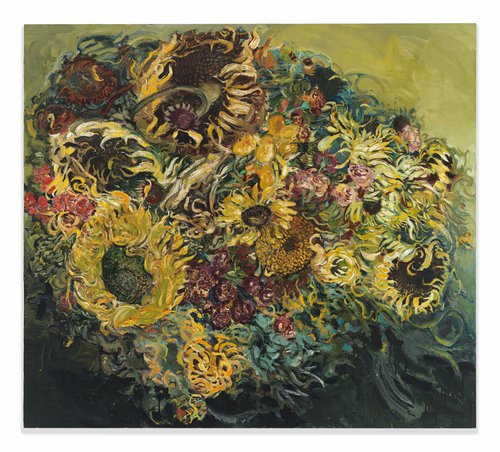
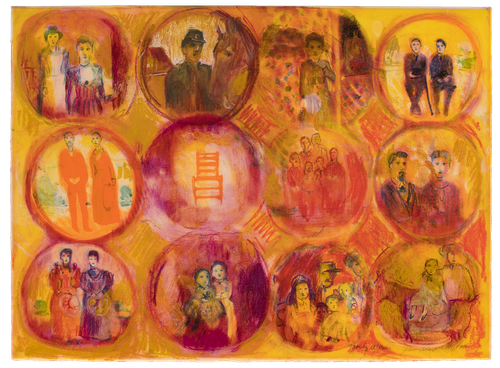
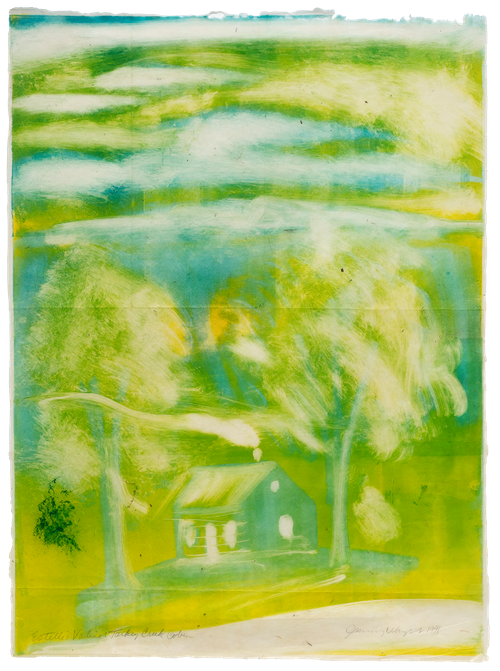
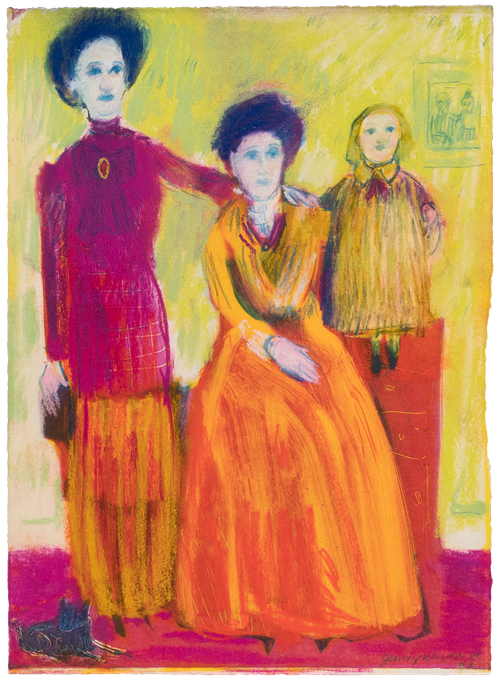
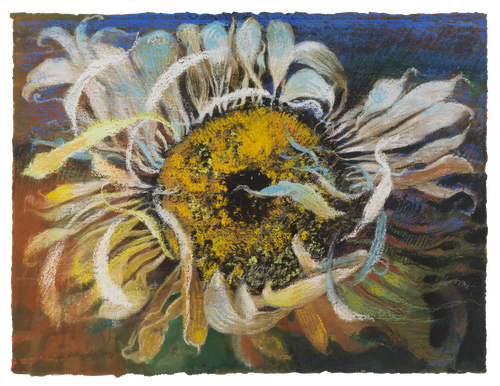
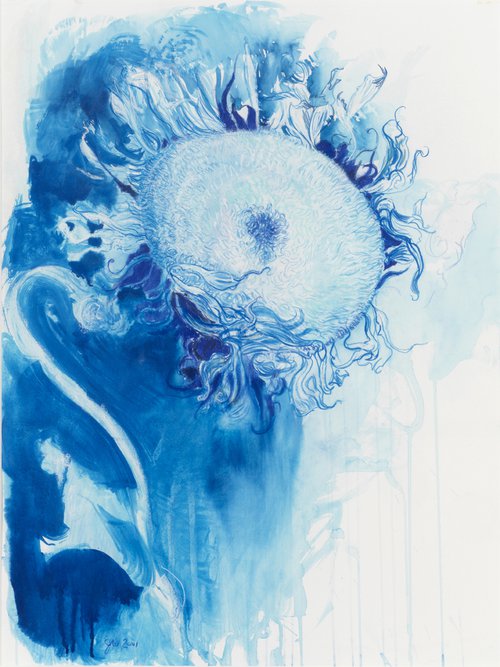
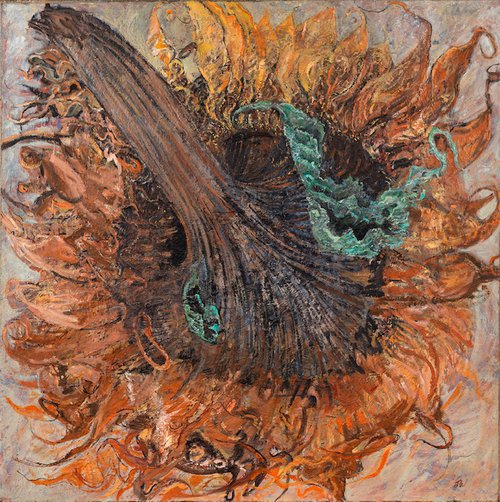
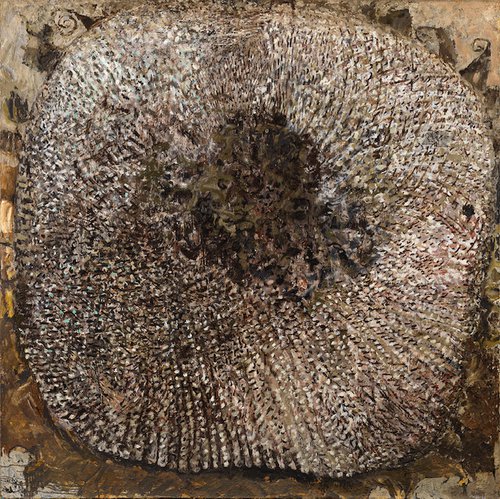
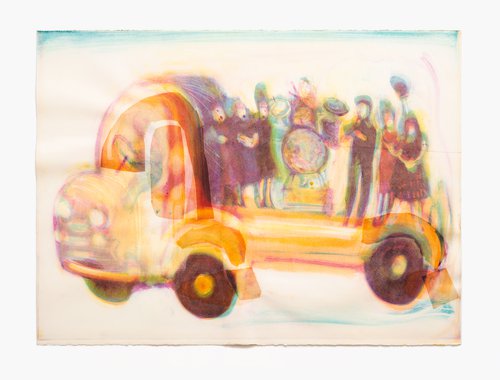
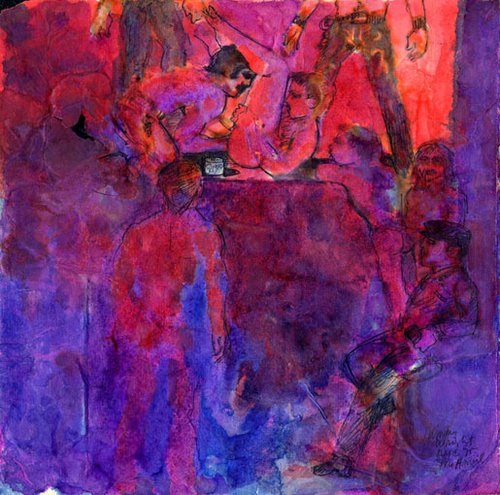
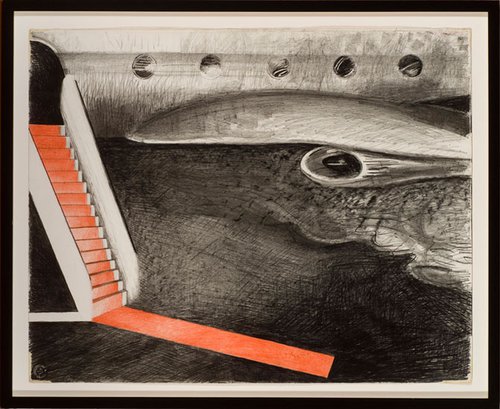
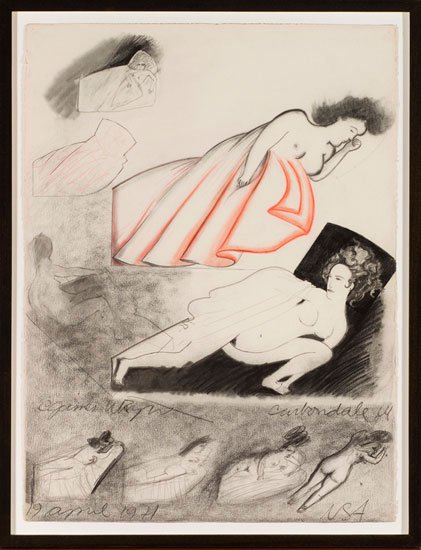
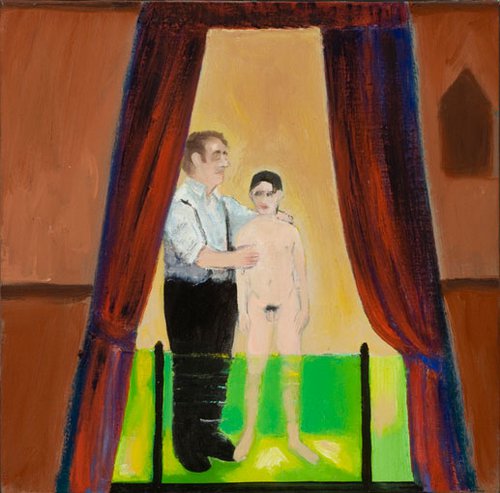
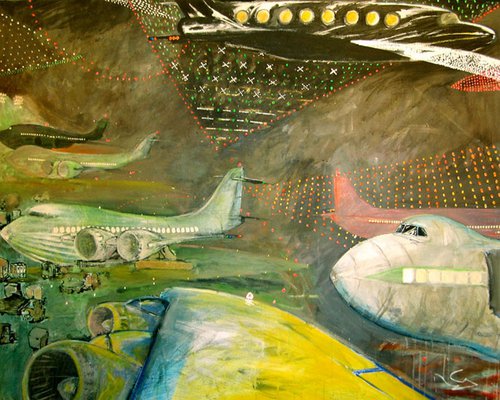
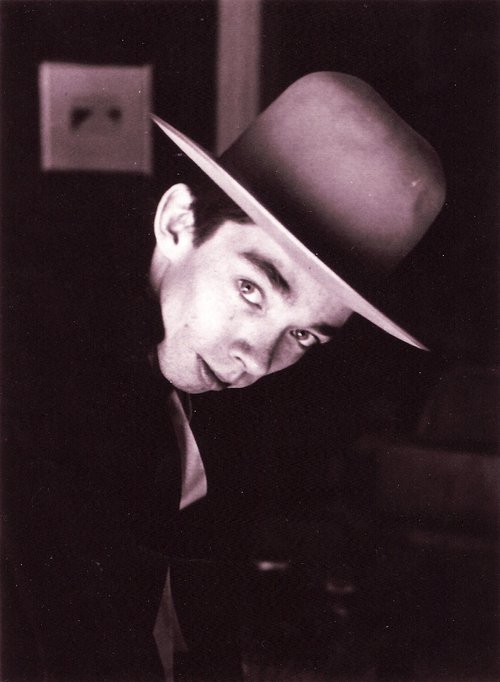
BIO
Jimmy Wright has lived and worked in New York since the early 1970s. After growing up in rural Kentucky, Wright moved to Chicago to study at the Art Institute of Chicago where he became close friends with members of The False Image group, including Philip Hanson, Christina Ramberg and Roger Brown. In 1969, he moved to Carbondale to attend graduate school at Southern Illinois University. Examples of his work during this period include the gorgeous graphite drawing, Motel (1972), that has a refined, but sarcastic or ironic gloss, and larger acrylics such as Main Street (1972), a sweet slightly somber landscape of a Midwest Street on a rainy even. In 1974 he moved to New York where he documented the flourishing queer landscape of gay bathhouses and bars throughout Manhattan; this post-Stonewall and pre-AIDS epidemic moment is captured in works like Max’s Kansas City (1974) and drawings of scenes at Club 82 and the Anvil. By the early 1980s, Wright was painting images that directly confronted the complexities of his southern childhood; this can be seen in Baptism at Rives, Baptism at Pilot Oak, and Snake Service (all 1980) which deal slyly with the homoeroticism of certain religious rituals. A special project in the late 1980s - early 1990s led to a group of softer, more emotionally vulnerable monoprints (some compiled into artist-books) that explored his grandmother’s small hometown in Tennessee. With the diagnosis of his partner with AIDS in 1988, Wright began work on his first sunflower, a magnificently huge and heavily impastoed oil, dominated by browns and tans. This became the subject matter for a series of larger oil paintings and pastel drawings, which have earned Wright an international reputation.
Recent solo exhibitions include Down Home at Corbett vs. Dempsey, Chicago (on view from March 17-April 29, 2023); Flowers for Ken at Fierman, NY and LA 73 – NY 74 at M&B Gallery, Los Angeles. His work is in the collections of The Whitney Museum of American Art; The Metropolitan Museum of Art; The Art Institute of Chicago; The Hammer Museum, Los Angeles; the Speed Art Museum, KY; the Center for Book and Paper Arts, Columbia College, Chicago; The Springfield Art Museum, MO, among other institutions. His most recent monograph, Jimmy Wright: Bathhouse, Meatpacking District and the Dream Cards: New York Underground 1973-90, was published in 2016. In 2018 he was named Academician of the National Academy of Design.
MEDIA
Jimmy Wright on Talk Art (Podcast)
Exquisite Corpse S4 E1: Roberto Juarez x Jimmy Wright, National Academy of Design (Podcast)
Curriculum Vitae
PDF - Jimmy Wright CVSelected Press
Exhibitions
- BARELY FAIR 2023 April 14 - 23, 2023
- EXPO CHICAGO 2023 April 13 - 16, 2023
- Jimmy Wright Down Home March 17 - April 29, 2023
- The Armory Show Jimmy Wright September 5 - 8, 2024
- Hubcap Diamond Star Halo Corbett vs. Dempsey at Twenty September 14 - November 2, 2024
- Independent 20th Century Before and After Imagism September 8 - 11, 2022
- Thomas H. Kapsalis: Eight Decades May 28 - June 28, 2020
- Small Painting June 28 - August 17, 2019
- Group Exhibition: Rachel Harrison, Albert Oehlen, Jimmy Wright April 5 - June 22, 2019
- Small Sculpture September 8 - October 14, 2017
- Jimmy Wright New York Underground June 3 - July 15, 2016
- Ox-Bow Centennial : Historic June 26 - August 21, 2010
- Jimmy Wright The Lost Women July 13 - September 2, 2007
- Jimmy Wright & Mark Mulhern Arrivals and Departures Painting & Monoprints July 13 - September 2, 2007
- Full Frontal a Dirty, Lewd, Erotic Show July 14 - August 26, 2006
- New Acquisitions & Gallery Artists with Susan Frankel in the East Wing January 13 - February 12, 2006
- Jimmy Wright Radiant: an Overview 1963-2004 October 15 - November 6, 2004
News + Events
- Jimmy Wright Interviewed in NAD NOW Journal
- Jimmy Wright Solo Exhibition at Fierman, NYC
- Jimmy Wright solo exhibition opens at M+B Gallery, LA
- Jimmy Wright in group exhibition reviewed by David Cohen
- Jimmy Wright is in group exhibition at Greenspon Gallery
- Jimmy Wright reviewed in Artforum
- Margot Bergman & Jimmy Wright at NADA New York
- Jimmy Wright at Galerie Wonnerth Dejaco
- Jimmy Wright at DC Moore Gallery
- Jimmy Wright in group show at Candice Madey



